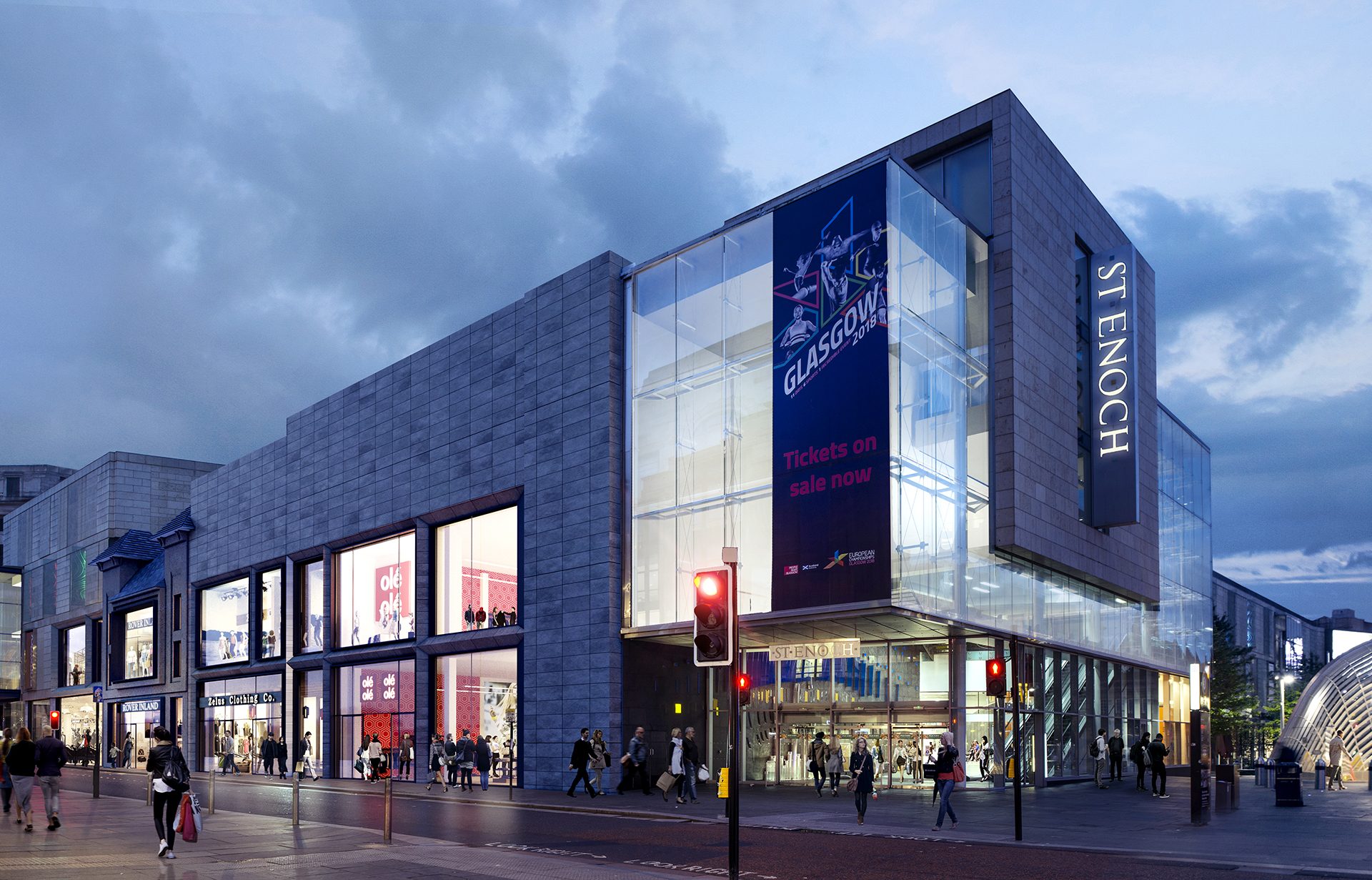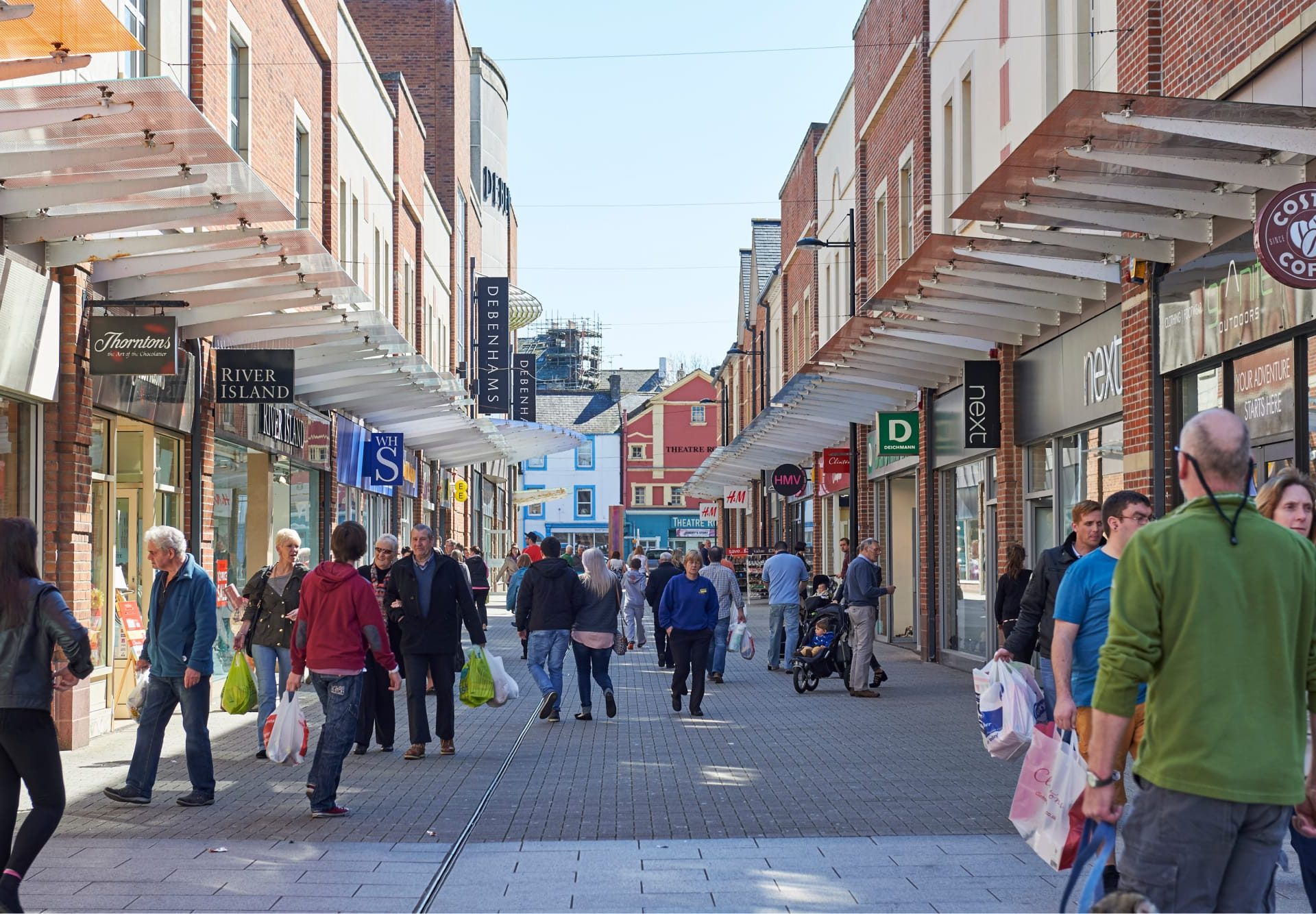CEO Chris Geaves Responds to a Daily Telegraph Article Talking About the State of Retail in the UK – By Chris Geaves
18th March 2021
Yes, Hammerson’s results are poor and whether that’s down to the previous head of management will probably never been proven. Hammerson happen to have some good retail assets which are dominant in their catchment and will prosper with good future management. They could probably make more of what they have with more imagination. I’m never convinced that the corporate REIT structure gets the best out of shopping centres.
The inference that retail bricks and mortar is dying or dead is so far off the mark it’s laughable. It shows a lack of understanding as to how retail, and in particular shopping centres, work.
You cannot paint all retail with the same brush. Each location has its own particular dynamics. How many shopping centres in a particular town? What’s the hierarchy and offer? Is there a strong retail park that competes? Do the retail facilities have a good supply of leisure and food and beverage? Etc etc …. There are a lot of questions.
What is evident however, is that there is too much retail in the UK and a lot of that has to do with poor planning decisions in the past. It’s clear therefore that some destinations will suffer and die but bricks and mortar is definitely here to stay.
The major retail centres of the UK such as Metro Centre, Trafford Centre, Meadowhall, Bluewater, Lakeside, Brent Cross and a couple of others will get stronger and more dominant. These out-of-town powerhouses will operate more as town centres – very accessible, good transport links and lots of car parking. They also have the land to expand and the opportunity to inject different additions to make them more attractive.
The major city centres in Glasgow, Manchester, Leeds, Edinburgh, Birmingham, Bristol etc. will all prosper and do well because they are dominant, have a good business base and offer good variety. The university towns as well as cities with tourism will also prosper. Whether you will see the same value growth in those centres remains to be seen. I doubt it. Local centres, anchored with a supermarket, will survive because of their convenience. Some though will stutter and wither where they have had a preponderance of the 1980s Arcadia brands etc. Here there will be big voids difficult to let.
In between all of those categories there will unfortunately be casualties and some towns will lose their shopping centres or one or more of their centres as they strive to find alternative solutions to reinvigorate. But, on top of all of this, don’t forget the UK is a ‘nation of shoppers’. People enjoy and look forward to a day out at the shops. As a result, the end of Lockdown will see huge numbers visiting retail outlets again. Shopping centre owners therefore need to wake up to this fact and make sure that their destinations are relevant and modern, with an attractive environment to attract the shopper. As I say this won’t be possible everywhere and the dominant centres will become even more dominant.
The internet may get to 30% of retail trade, but it’s not there yet and may never get there. That leaves 70% plus in bricks and mortar, so to say retail is dead is just way off the mark. The convenience of online cannot be argued but the shopping trip, coupled with other activities, will always win. One can’t fight the internet – one has to embrace it and this is what is happening in those centres where there are switched-on landlords.
Retail landlords everywhere are licking their wounds that the rents aren’t flowing in as day-to-day negotiations take place on rent waivers and deferrals due to the inability of retailers to trade through the lockdowns. However, what’s been clear to me and become very apparent in our business, is that it’s obvious where retailers want to be, where they want to trade because they make money – it’s here that you can negotiate these positions and do deals with them.
The whole retail market is at a fascinating juncture. Those retailers who have used CVAs or disappeared would probably have done so anyway. COVID has merely accelerated the process. Arcadia is a good example, as is the demise of the department store. Let’s face it, they weren’t all proper department stores anyway and they all got very tired and boring, had too much space and got their merchandising and marketing all wrong. Hopefully JPL will survive and grow. The only other two true department stores in my book are Selfridges and Harrods – you can buy a bag of nails, a suit, a washing machine and have a nice meal – you could never do that in the others.
Shopping centres take years to put together and develop, sometimes as long as twenty years. The larger centres are irreplaceable stock. They will never be developed again. They will be hugely in demand in the future from long term investors when this period of turbulence settles down. They always need an anchor – a supermarket or a department store – as the attractor for the other units, while the larger centres always needed a department store to get going to set the tone to drive rents. These are the department stores I’ve referred to that are vanishing. With these disappearing, the new anchors are emerging – fashion stores offering what the customer wants. Next, Primark, Zara, H&M in all their various guises offer interesting contemporary and new concepts. There are a host of others. These are the new anchors that will drive centres forward.
There are a myriad of leisure concepts emerging in the market. The awful and over-used word of ‘re-purposing’ – replacing retail with leisure – is happening everywhere but it’s not just leisure. Shopping centres will become more varied with the introduction of residential, health, community, business etc. The trick is to make them more interesting, varied and extend the shopper dwell time. Shopping centres are far from dead. They are merely at a crossroads and just waking up! Bricks and mortar will dominate and is here to stay!!

